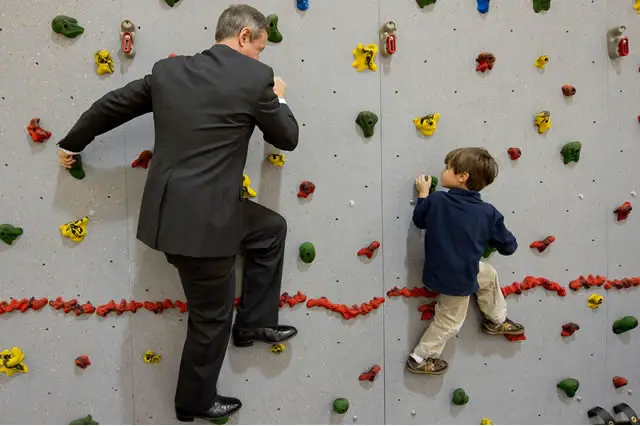On Wednesday we wrote the following to Steve Beynon, in his role as Chief Executive of the Isle of Wight council and head of education.
“Steve – We’ve just published this stat-laden question.
We found it a pretty shocking read.
As the officer responsible for formulating and overseeing the changes, how do you explain the LA’s position at the bottom of official tables? What actions are you putting in place to make sure there are improvements?”
Yesterday evening he responded as follows – Ed.
Thank you for your question. Firstly, I must address your choice of words of ‘shocking read’. The tables produced by Mr Miller, based on the first statistical release by the DfE (i.e. provisional results) present a mixed picture.
Isle of Wight primary schoolchildren aged 11 achieved significantly improved results in Key Stage 2 SATs results for English and Maths, the best ever in fact compared with the poorest ever in 2011 from the closing middle schools..
The figures from the government for 2012 showed that 84 per cent of pupils on the Isle of Wight had achieved level 4 or above in English reading at Key Stage 2, compared to 79 per cent in 2011. Level 5 was achieved by 43 per cent of pupils, compared to 35 per cent in 2011. Furthermore, for Maths 79 per cent of pupils achieved level 4 or above, compared to 69 per cent in 2011. Level 5 was achieved by 31 per cent, compared to 22 per cent in 2011.
We are not complacent
Of course we are not complacent. We will look at these figures in detail and will continue to focus in particular on those areas where further improvement can be made, such as in those primaries which are not performing so well. We remain fully committed and determined to secure improvement in the educational achievement of the Island’s young people and these provisional Key Stage 2 results are a very promising start for our expanded primary sector to build upon in future years.
As was made clear at the recent children and young people’s scrutiny panel the Key Stage 1 results are now felt to be more realistic and reflect that teachers are now making judgment with an understanding of the expectations at the end of Key Stage 2 – rather than knowing that the pupils at the end of Key Stage 2 are not their responsibility, as was previously the case. Therefore, any narrow analysis and comparison of the statistics does not recognise the more realistic approach which is now being taken to both Key Stage 1 and Key Stage 2 results. One of the charts on your website shows the relative position of LAs through the Year 1 phonics test. This is a new baseline test and, as advised by government, one not to compare performance of LAs or schools, but as a guide as to the starting point pupils make in the first year of full-time schooling. This first set of assessment outcomes would suggest a relatively low starting point for Island pupils (again not as a relative judgement at but as a baseline) and will make effective comparison for the future at all key stages.
We are sure that the vast majority of parents would prefer to congratulate our school staff and pupils for achieving the best ever results at Key Stage 2. The fact that these schools have secured such a tremendous achievement during a period of transition is remarkable, particularly when compared to other parts of the country which have seen a dip in such results when reorganisation has taken place.
Joined up manner
The fact is that our primary sector this summer was the first part of our new two-tier school system to have operated in a joined up manner, in terms of operating in one learning environment across a key stage, and this has been reflected in the significant uplift in results at Key Stage 2. This sets the standard from what we expect to now see as these pupils transition through to Key Stages 3 and 4 in secondary schools, which in three years’ time will also give us the outcomes of a fully joined up learning environment across the key stages.
As a result of the changes we are now in a position – for the first time – to separate out the stronger and weaker primaries in terms of their contribution to Key Stage 2, and put in place the support to challenge and improve those which have not done so well; the variation will become apparent when the DfE publishes the individual school results later in the autumn / early winter. . We were not able to do this effectively when it was split over two schools – that lack of accountability has now gone. So to answer the second part of your question, it is the challenge and support through our School Improvement Partners which is being put in place to ensure that those primaries which did not perform so well now have the opportunity to ensure that the potential of the young people in their schools is met.





